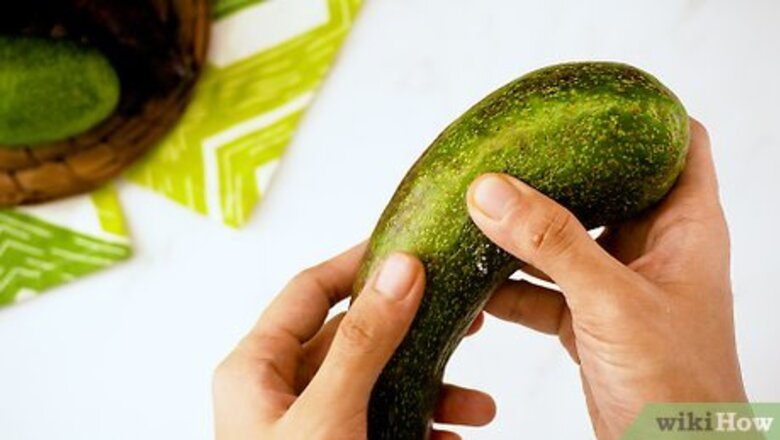
views
- For an avocado spread, remove the flesh from the skin and use a fork to mash it into a smooth consistency, adding salt and pepper to taste.
- For a delicious taco filling, grill de-pitted avocados flesh-side down on a very hot grill for 30 seconds.
- Blend avocado with frozen bananas and milk for a simple smoothie.
Cutting an Avocado
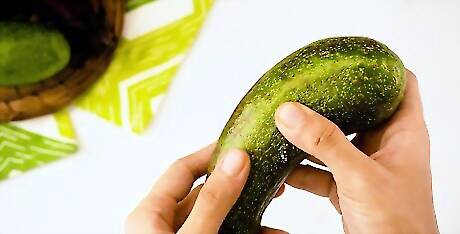
Give the avocado a gentle squeeze to determine whether it’s ripe. The perfect avocado will yield slightly to light pressure and should feel similar to the skin between your thumb and forefinger when it’s outstretched. If it feels hard to the touch (like a rock rather than a fruit), it’s definitely not ripe yet and, although it’s still safe to eat, won’t have the same taste or consistency of a ripe avocado. If, on the other hand, it’s super mushy, then the avocado is likely overripe and won’t taste very good. Another way to determine the ripeness of an avocado is to pull back the stem. If the skin under the stem looks healthy and green, the avocado is ready to eat. If the stem doesn’t come off easily, it’s probably not ripe yet and if the flesh under the stem is brown, the avocado is likely overripe. Ripe avocados generally have dark green or nearly black skin that will be a bit bumpy. If your avocado isn't quite ripe yet, try sealing it in a paper bag with a banana, apple, or other fruit in order to ripen it more quickly.

Cut the avocado in half lengthwise. Hold the avocado steady on a cutting board using your non-dominant hand. Take a sharp chef’s knife in your other hand and use it to slice the avocado lengthwise (from the stem towards the larger bottom of the fruit). Once you feel the knife hit the pit, keep the knife steady and rotate the avocado until you’ve cut around the entire circumference of the fruit. If the avocado doesn’t break into two pieces on its own after it’s cut, use your hands to twist the two halves of the avocado in opposite directions until they pull apart.
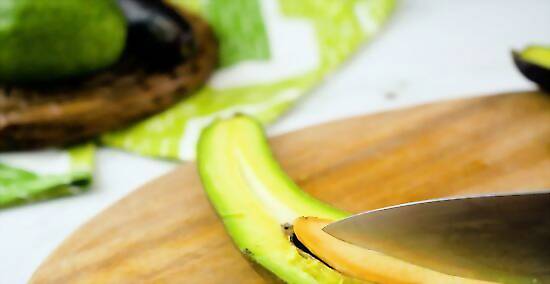
Remove the pit by whacking into it with your knife. Hold the half of the avocado with the pit cut-side-out on the cutting board. Then aim your knife at the pit and use a short, controlled swinging motion to whack into it. Be sure to use enough force to drive your knife into the pit without slipping off it’s smooth exterior. Pull the pit out by twisting the knife. Use a large chef's knife instead of a small paring knife. The latter will not have enough power to stick into the pit. Discard the pit after you remove it. While there is some ongoing research into the safety of eating avocado pits, it’s generally not recommended.
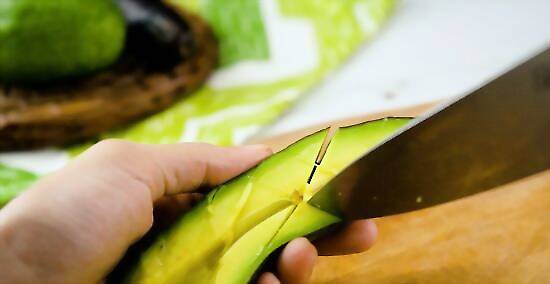
Cut the flesh of the avocado without piercing the skin for an easy dice. If you want diced avocado, use your knife to cut the avocado into slices lengthwise and widthwise, creating squares. Be careful not to pierce the skin of the avocado as you cut. Then use a large spoon to scoop the squared pieces out. Diced avocado can be used to top salads, eggs, nachos, and other dishes.
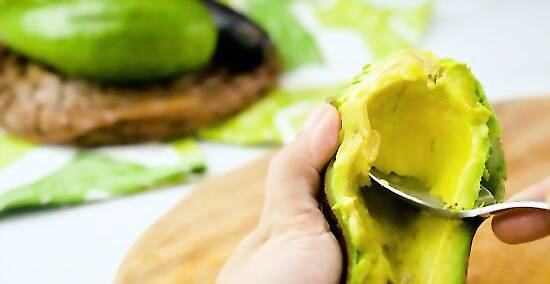
Scoop the flesh out with a spoon if you’d like to slice or mash the avocado. Use a spoon to loosen the skin all the way around the avocado half and then scoop the flesh out whole. You can mash the flesh with a fork or place it flat-side down on a cutting board and cut it into neat slices using the tip of your knife. The flesh of very ripe avocados may not come out of their skin as neatly and may require a few scoops. If you want neat-looking slices, try using a slightly underripe fruit.
Mashing Avocados in Spreads and Dips

Mash it up for an avocado spread. Mashed avocado makes a great addition to toast, sandwiches, bagels, burgers, and anywhere else you would traditionally use a creamy spread like mayonnaise. Simply remove the avocado flesh from the skin and use a fork to mash it into a smooth consistency. For a bit of added flavor, add salt, pepper, lemon juice, and red pepper flakes. For a twist on traditional ranch, mash 2 avocados with 1 packet of ranch dressing mix, 2 tablespoons (30 mL) of fresh lemon juice, and 1 tablespoon (15 mL) of mayonnaise. Chill for 1 hour before serving the mixture on top of burgers, sandwiches or fried chicken.
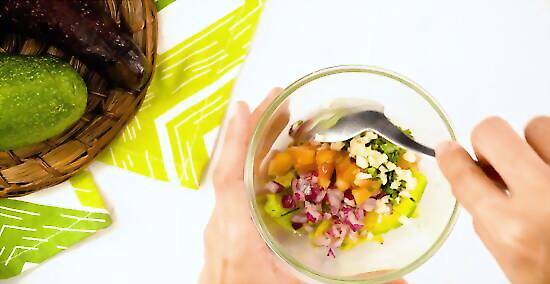
Mix in lime juice, onions, tomatoes, cilantro, and garlic for guacamole. In a large bowl, mash together 3 avocados, the juice of 1 lime, ½ tsp (3 g) of salt, and ½ tsp (1 g) of cumin. Then chop up half a medium onion, 2 Roma tomatoes, 1 tbsp (1 g) of cilantro, and 1 clove of garlic. Gently fold these into the avocado mixture and serve with corn chips. To add some heat to your guac, stir in ½ tsp (0.88 g) of cayenne pepper and half of a jalapeno pepper, seeded and minced.

Blend a fresh avocado into a creamy salad dressing. For a healthy yet decadent-tasting salad dressing, throw 1 large avocado, 1 clove of garlic, 0.5 tablespoons (7.4 mL) of lime or lemon juice, 3 tablespoons (44 mL) of olive oil, salt, and pepper into a blender and run until smooth. If needed, add water a little bit at a time until you reach your preferred consistency. Serve over salad immediately or keep in an airtight container for up to a week.
Serving Avocados in a Main Dish
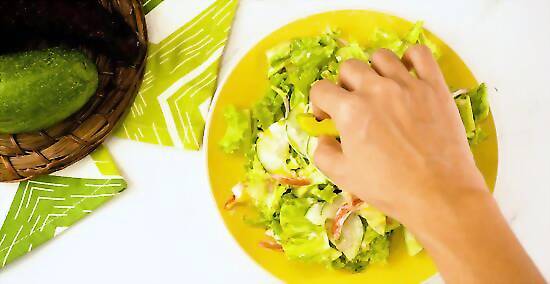
Slice or dice avocados to top a salad. Avocado can be a delicious addition to a simple green salad when dressed with some simple salt and pepper. For a more flavorful version, you can also add some lemon juice, balsamic vinegar, or feta cheese. Toss your avocado pieces with pepper flakes for a slightly spicy version. Avocado is a classic ingredient for a cobb salad alongside chicken, bacon, hard-boiled eggs, and blue cheese.

Roast avocado quarters for a warm, crispy addition to grain salads. Cut your avocado into quarters lengthwise, remove the peel and discard the pit. Top the pieces with a little olive oil plus some salt and pepper and place them on a lined or greased baking sheet. Bake them in a 400 °F (204 °C) oven for about 15 minutes or until the edges start to turn a little golden. Remove from the oven and eat warm on top of a grain-based salad. If you want your avocado wedges to be a little crispier, you can let them cook for up to 25 minutes before taking them out. Keep an eye on them to make sure they don’t burn.
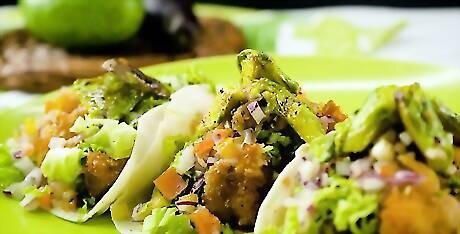
Grill avocado halves for a yummy taco filling. After you cut your avocados in half and remove the pit, brush both cut-sides with a bit of oil and toss them (face down) onto a very hot grill for about 30 seconds. Then remove the avocados from the grill and let them cool before using a spoon to remove the skins and cutting then into slices. Fold the charred slices into tortillas and top with a tomato or fruit salsa, fresh sprigs of cilantro, and crumbled queso fresco. No grill? You can get a similar char on your avocados using a super hot cast iron pan.
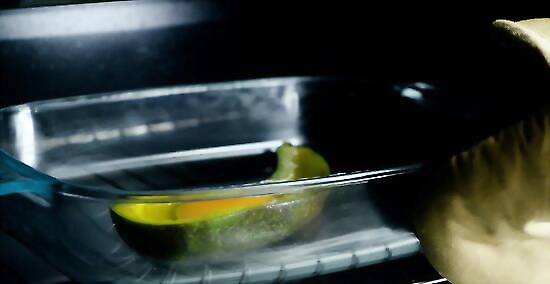
Break eggs into avocado halves and bake them for a breakfast treat. Preheat your oven to 450 °F (232 °C) before slicing and pitting an avocado. If the hole left by the pit is smaller than your egg, use a spoon to scoop a bit of extra flesh out from each avocado half. Then place the avocado halves into a baking dish and crack an egg into each hole. Bake for 12 minutes or until the whites of the eggs have fully set. If you have trouble getting the avocado halves to balance in the baking dish, try building small “nests” for them out of tin foil. For some added spice, sprinkle the avocado with a bit of hot sauce before adding the egg.

Make a creamy avocado pasta dish. Blitz the flesh from 2 ripe avocados in a blender with ½ cup (15 g) of spinach, ½ cup (20 g) of fresh basil, 2 cloves of garlic, 2 tablespoons (30 mL) of lemon juice, 1 tsp (6 g) of salt, and 1 cup (240 mL) of olive oil. Toss the sauce with warm, freshly cooked pasta and top with parmesan cheese, roasted cherry tomatoes, or chopped basil. Opt for pasta with plenty of body—such as spaghetti, soba noodles, fusilli or farfalle—to hold up to the thick, creamy avocado sauce. For a low-carb or gluten-free option, try zucchini noodles. Leftover pasta and avocado sauce can be stored in the refrigerator in an airtight container for up to 3 days, although the color may darken a bit as the avocado oxidizes.
Blending Avocados into Drinks
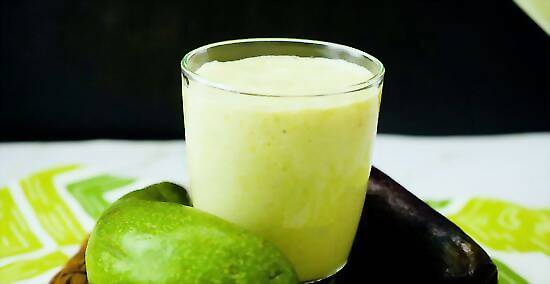
Blend avocado with frozen bananas and milk for a simple smoothie. Scoop the flesh of 1 avocado into a blender. Add 2 frozen bananas and 14 fluid ounces (410 mL) of milk. Blend until smooth and serve immediately. Full of protein, carbohydrates, and healthy fats, this basic smoothie makes a great breakfast, light lunch, or post-workout snack.

Add avocado to fruit smoothies to make them creamier. Avocados can be used to make any smoothie creamier without adding dairy or overpowering the other fruit flavors. Try using a full or half avocado in any smoothie recipe in place of bananas or Greek yogurt. For a classic mixed berry option, toss 1.5 cups (150 g) of frozen mixed berries (such as blueberry, raspberry, and blackberry), 1 cup (30 g) of fresh spinach, 1 cup (240 mL) of dairy or nondairy milk, 1 tablespoon (15 mL) of maple syrup, and the flesh of half a ripe avocado into a blender. Blend on high speed until smooth and creamy.
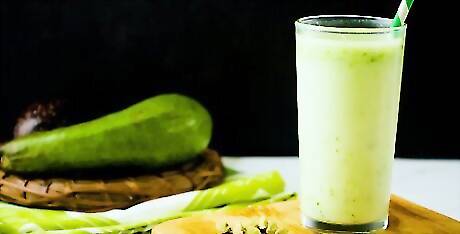
Make a sweet, Indian-inspired avocado lassi. Lassi is a sweet, creamy yogurt drink that can be eaten as a refreshing snack or light dessert. To make an avocado version, blend 2 ripe avocados with ⁄2 cup (120 mL) of yogurt, 1 cup (240 mL) of whole milk, 2 tbsp (25 g) of sugar, and the crushed seeds from 4 green cardamom pods until smooth. Taste and add more sugar as needed. For a vegan and dairy-free lassi, substitute soy or almond products for the yogurt and milk. Just make sure to rub the avocados with a little lime juice to ensure the flavors still blend properly.
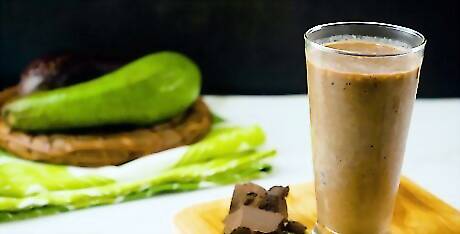
Create a rich yet healthy chocolate avocado shake. Blend the flesh of one ripe avocado with 1.5 cups (350 mL) of milk, 3 tbsp (22 g) of unsweetened cocoa powder, 3 tbsp (37.50 g) of brown sugar, 2 tbsp (20 g) of melted chocolate chips, and 1 tablespoon (15 mL) of vanilla extract. Pulse until fully combined and smooth. Then add 12 ice cubes and puree until thick and frosty. To create a dairy-free version, substitute vanilla almond or other nondairy milk, as well as dairy-free chocolate chips.
Storing Freshly Cut Avocados

Cover the cut avocado with plastic wrap if you need to store it. While it’s generally best to cut an avocado right before you eat it, you can help prevent cut avocado from turning brown by wrapping it tightly in plastic wrap. This will help keep the air from oxidizing the avocado flesh for at least a day in the fridge. To really prevent air from turning the flesh brown, slip the plastic-wrapped avocado into a zipper-topped bag. Make sure to squeeze out any extra air before you seal it.

Save a mashed avocado by covering it with water. To save an already-mashed avocado, cover it with 0.5 inches (1.3 cm) of water to create a boundary that blocks the air. When you’re ready to serve it, simply pour off the water and give it a quick stir.
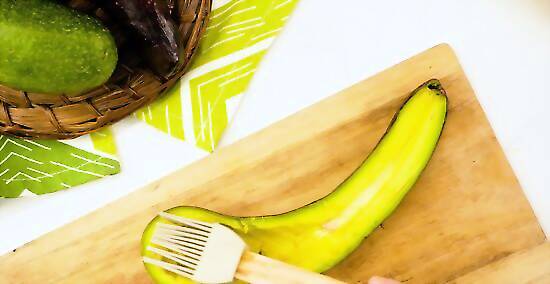
Sprinkle your cut avocado with an acid to keep it longer. You can use juice from a lemon, lime, or orange to help extend the shelf life of a cut avocado. Simply sprinkle the juice on top of an avocado half, diced pieces, or mash before you wrap it in plastic. Other acidic agents, like vinegar, will also do the trick. Tomatoes and onions are also acidic and can help keep avocado from turning brown. If you're making guacamole ahead of time, be sure to mix in the tomato and onion before storing the dip.
















Comments
0 comment